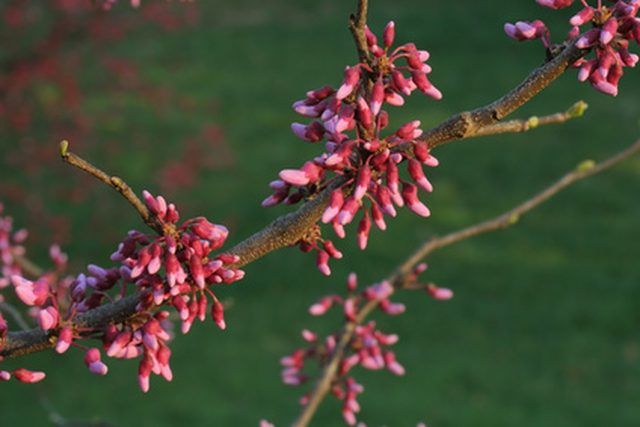Bulbs
Flower Basics
Flower Beds & Specialty Gardens
Flower Garden
Garden Furniture
Garden Gnomes
Garden Seeds
Garden Sheds
Garden Statues
Garden Tools & Supplies
Gardening Basics
Green & Organic
Groundcovers & Vines
Growing Annuals
Growing Basil
Growing Beans
Growing Berries
Growing Blueberries
Growing Cactus
Growing Corn
Growing Cotton
Growing Edibles
Growing Flowers
Growing Garlic
Growing Grapes
Growing Grass
Growing Herbs
Growing Jasmine
Growing Mint
Growing Mushrooms
Orchids
Growing Peanuts
Growing Perennials
Growing Plants
Growing Rosemary
Growing Roses
Growing Strawberries
Growing Sunflowers
Growing Thyme
Growing Tomatoes
Growing Tulips
Growing Vegetables
Herb Basics
Herb Garden
Indoor Growing
Landscaping Basics
Landscaping Patios
Landscaping Plants
Landscaping Shrubs
Landscaping Trees
Landscaping Walks & Pathways
Lawn Basics
Lawn Maintenance
Lawn Mowers
Lawn Ornaments
Lawn Planting
Lawn Tools
Outdoor Growing
Overall Landscape Planning
Pests, Weeds & Problems
Plant Basics
Rock Garden
Rose Garden
Shrubs
Soil
Specialty Gardens
Trees
Vegetable Garden
Yard Maintenance
How to Transplant a Redbud Tree
How to Transplant a Redbud Tree. The tiny clusters of slightly purple pink blossoms of redbud trees are one of the first harbingers of spring in the eastern United States. The state tree of Oklahoma, eastern redbud is known by its scientific name, Cercis canadensis, and also by the common name Judas tree. Redbud trees are native to North America...

The tiny clusters of slightly purple pink blossoms of redbud trees are one of the first harbingers of spring in the eastern United States. The state tree of Oklahoma, eastern redbud is known by its scientific name, Cercis canadensis, and also by the common name Judas tree. Redbud trees are native to North America and are suitable for growing in USDA Hardiness zones 4 through 9. Redbuds may grow to a full height of 20 to 30 feet, but should only be transplanted when they are under 3 feet tall to reduce stress and allow the tree to become firmly established in its new environment as it matures. This ornamental tree is adaptable to many types of soil, deciduous and short-lived, often only surviving for 20 years.
Things You'll Need
Shovel
Compost
Garden hose
Carpet cutter blade
Mulch
Schedule the transplant for very early in the spring, as soon as the ground is free of frost. Locate the new planting spot where the redbud will receive full morning sun and partial shade in areas of hot afternoon sun.
Dig a hole 2 feet deep and 3 feet wide. Add a 3-inch layer of compost to the bottom of the hole and fill the hole with water. Let sit for eight to 12 hours or overnight.
Soak the redbud tree's roots with water from an open garden hose. If the young tree is already in the ground, let it sit overnight. For trees in containers or balled and in burlap, allow six hours or more for the water to soak in and loosen the roots.
Dig around a planted redbud in a circle 1 foot away from the tree's trunk. Rock the shovel back and forth to loosen and cut the roots. Tug a containerized redbud from its pot, gently pulling it out by the trunk. Cut the burlap off a balled tree using a carpet cutter knife.
Knock most of the dirt off the roots by hand and separate the roots. Set the tree in the hole, spreading out the roots evenly.
Fill the hole with dirt and compost, layering the materials in 3-inch increments. Tamp down after each layer of dirt to eliminate air pockets. Adjust the tree trunk at each layer to ensure it remains straight and ensure that the base, where the roots and trunk meet, is even with the surrounding ground level.
Water the newly transplanted redbud tree immediately. Soak the soil until the surrounding ground is completely moist. Spread a 2-inch thick layer of mulch around the base of the tree in a 2-foot circumference to retain moisture and retard weed growth.